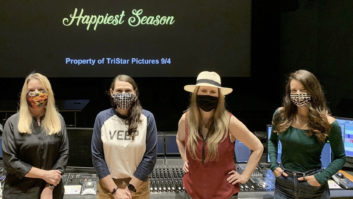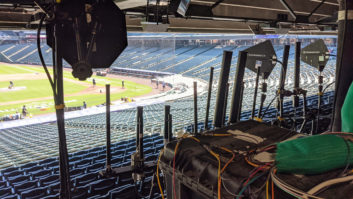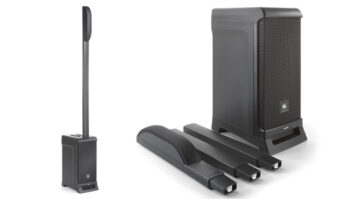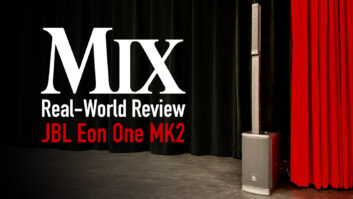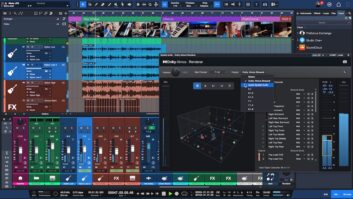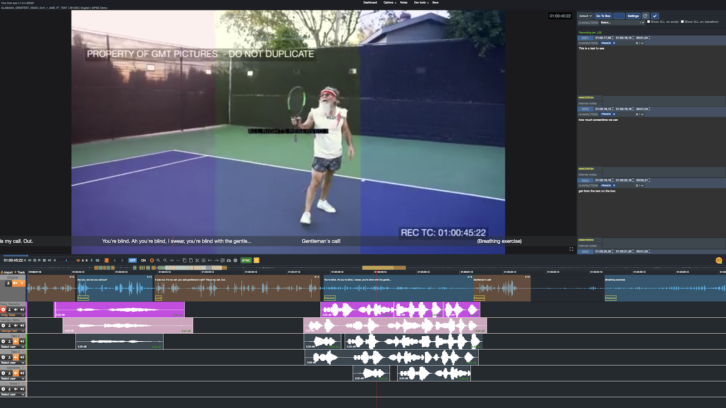
ADR production is not new. Before the pandemic, however, it wasn’t all that common, not in the same way that remote recording and mixing for voice-over, narration or audiobooks had been embraced and advanced over the past decade.
That makes sense. Sessions to replace dialog to picture have much different demands than VO work, most notably in speed, precision and energy, trying to match sync and feel from a scene that was likely shot weeks or months ago. Though actors may not be particularly fond of ADR sessions, most would agree that it helps to be in a studio with the director, sound supervisor and ADR mixer.
That all changed, of course, with the March 2020 worldwide shutdowns. The audio postproduction community responded remarkably quickly in developing new systems for workflow, distribution and playback (for approvals, most typically), in the early days kluging together Zoom-like video communication with home-based audio editing, mixing and file exchange. Those models have become much more sophisticated, and starting in September, individuals and small groups began returning to dub stages. Still, remote ADR production has proven a challenge, especially for groups that might end up including anywhere from 2 to 20 people, each alone with a microphone in his or her own home.
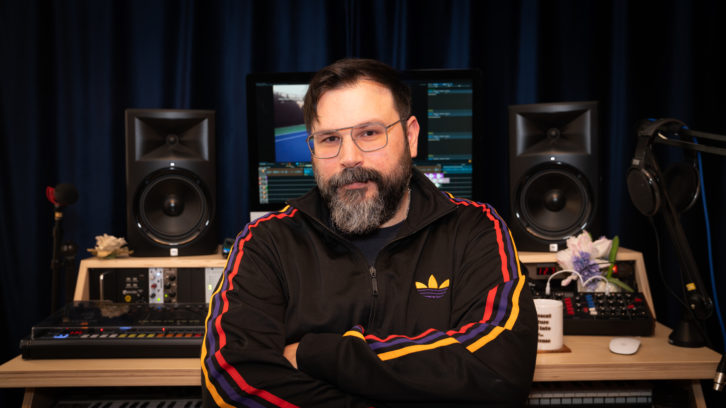
Greg Taieb, senior vice president, global project management, at Deluxe saw this coming. Not the pandemic and shutdown, but the need for a professional app that would simplify the remote ADR process on both ends, while retaining in great detail the look, feel, features, speed and quality of a typical studio session.
Taieb started working on OneDub nearly five years ago, originally as a cloud-based VO tool. Following rounds and rounds of industry feedback, it was modified, enhanced, fine-tuned and released as a professional remote ADR tool, fortuitously though coincidentally, one month after the shutdown.
“From the beginning, our mindset was that it had to be simple to use, it had to be fast enough that the actor and the engineer never have to wait, it had to record everyone at 24-bit/48k quality, it had to be secure and it had to be cloud-based,” Taieb says. “Also, it had to have integrated picture and video communication. That’s not easy while maintaining sync. We now have it to the point where if one of the actors in a session has a poor Wi-Fi connection, picture may stutter, but that person’s audio is still captured without a hiccup at 24/48.”
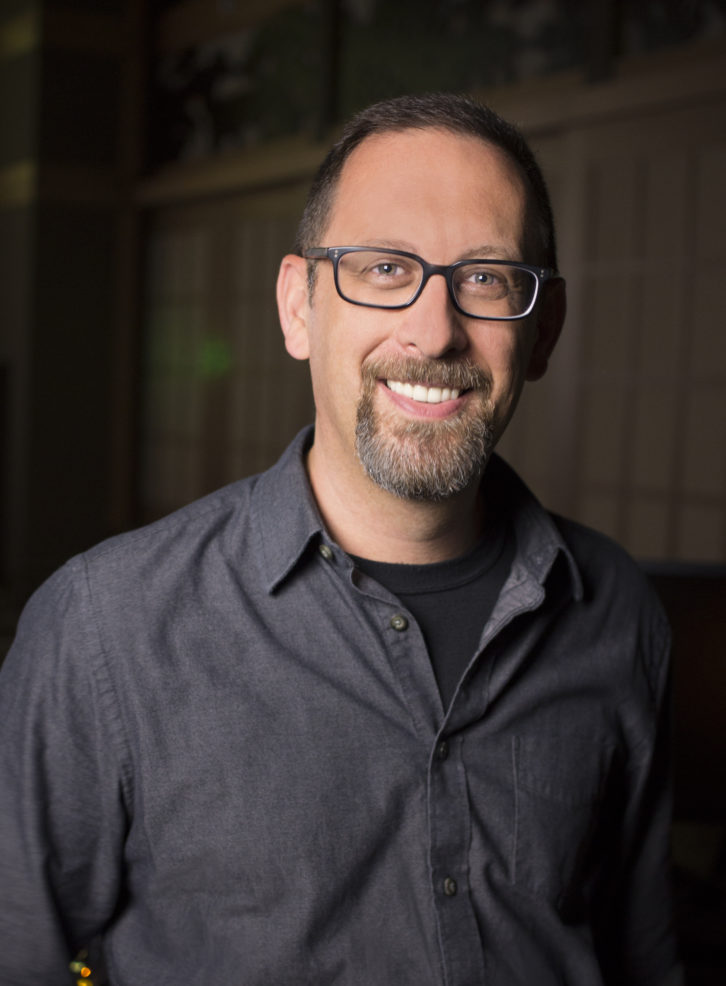
The One Dub front-end setup from the actor’s end can be as simple as plugging a USB mic into a laptop and launching a browser, or as involved as sending along instructions to hook up a UA Apollo preamp with a high-end Sennheiser microphone When we talked earlier this spring, supervising sound editor Mandell Winter was preparing to send out 15 Shure SM58 mics (“a good live mic, and that’s what the budget called for”) to talent for an upcoming project. In the year since first adopting OneDub, Winter has finished up two Antoine Fuqua films, Infinite from Paramount and The Guilty for Netflix, among other projects.
“I still had a bunch of projects in the works, and I needed ADR to finish them,” Winter recalls. “At the studio, we tried a few options and made some up ourselves, but none of them were all that satisfying. I remembered that a friend had told me a few months back about OneDub, so we tried it and immediately the quality blew my mind. It seemed like I had been recording at kilobits per second and compromising quality to get that. This is 48k, 24-bit and it never fluctuates.”
“I also like that everybody in the session is lockstep in sync and on the same page,” he continues. “That’s important. Without locksync, you can’t honestly collaborate and walk out of a session feeling confident with what you have.”
Speed and simplicity are two more major attractions for One Dub, he adds, as actors should never have to worry about the technology—though it has been a bit of fun, he admits, introducing them to the process in their wildly varying home environments.
“During those first five or ten minutes, I might say, ‘Let’s see your walk-in closet. Let’s try talking into the shirts,’” he says. “We can throw blankets over bookshelves and have them perform into the blankets. We can take them outside with the microphone. We’ve gotten really creative with how to adapt to different reverberant rooms in people’s homes.”
Marvel, Make-A-Wish Grant ‘Black Widow’ Sound Editing Wish
To test the speed of the One Dub processing and interface, Taieb worked early on with engineers specializing in dubbing for foreign languages, where they might need to complete 100 lines in a two-hour session. It’s been a huge success. He also foresees making use of it on the set, where the production sound team works in tandem with post and captures the actors during a break, while they’re still in character, saving time and money down the road.
“Music has definitely set the standard that it’s 100 percent possible to record high-quality audio when you’re not in a professional recording studio.” Taieb says. “We are working with audio post professionals to help define a roadmap to the next big thing.”
